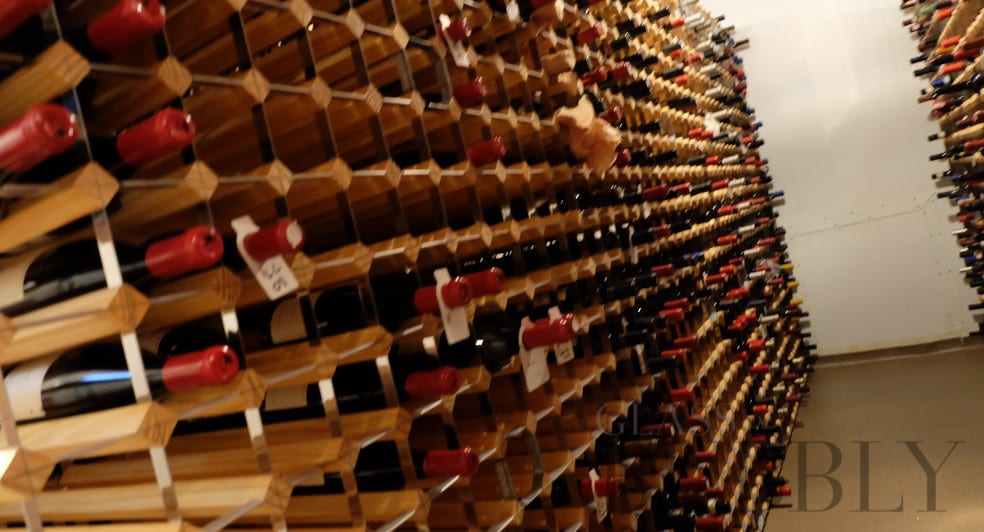Top Wine Storage Tips
11th June 2024

If you’re a keen wine collector or have your own wine store, you will need to consider your storage processes. Wine needs to be stored in specific conditions to retain its quality and flavor, both of which are important aspects of any alcoholic drink.
Below, we’ve covered some top tips for optimal wine storage. If you want expert advice or would prefer to outsource your wine storage, check out the UOVO wine storage services.
Ensure an Optimal Storage Temperature
Whether you’re storing wine upright or horizontally, maintaining the proper environmental temperature prevents accelerated aging and spoiling.
The most optimal temperature for wine storage ranges from between 7-18 degrees Celsius (45 to 65 degrees Fahrenheit). Generally, it’s best to aim for a storage temperature in the middle of this range at 13 degrees Celsius (55 degrees Fahrenheit).
Maintain the Optimal Environmental Humidity
Another important factor to consider when storing wine is the environmental humidity. The most suitable humidity for wine storage is between 50% and 70%.
A humidity that is much higher than this can encourage the growth of mould, and a humidity that is too low can cause the corks to dry out, allowing air to enter the wine bottles. When the oxygen in the air reacts with wine, it can cause it to spoil and negatively impact the quality and taste of the wine.
Store Wine in Dark Rooms
Light exposure can accelerate wine ageing and degradation, especially ultraviolet (UV) light. For this reason, it’s best to store wine in dark rooms, such as cellars or wine fridges made with UV filtering glass, which is also used in picture frames to protect artwork.
If you don’t have a wine cellar or special fridge, simply storing your wine in a dark closet can be enough to keep light exposure to a minimum.
Add Labels to Your Wine Bottles
Labeling your wine bottles makes it easy to identify where each type of wine is situated in your collection. It also enables you to organize your wines by purchase date to monitor the wine-aging process more accurately.
If you sell bottled wine, labels are essential for ensuring accurate order fulfillment and maintaining high customer satisfaction. You can use sticky labels with handwritten details about each type of wine or use a label printer for a more professional finish to your labels.
Keep Vibration to a Minimum
Excessive movement can disrupt the sediments that form in wine bottles, impacting the taste and clarity of the wine. It’s important to store your wine in an area where it won’t be exposed to excessive vibrations, such as near machinery, inside moving vehicles, or even in mobile storage pods that aren’t kept stationary.
Of course, your wine may be exposed to temporary vibrations during transportation, but once it’s reached its storage site, keep it still!
![]()
Glass of Bubbly Content
Content shared by this account is either news shared free by third parties or advertising content from third parties and affiliations. Please be advised that links to third party websites are not endorsed by Glass of Bubbly Ltd - Please do your own research before committing to any third party business promoted on our website.
